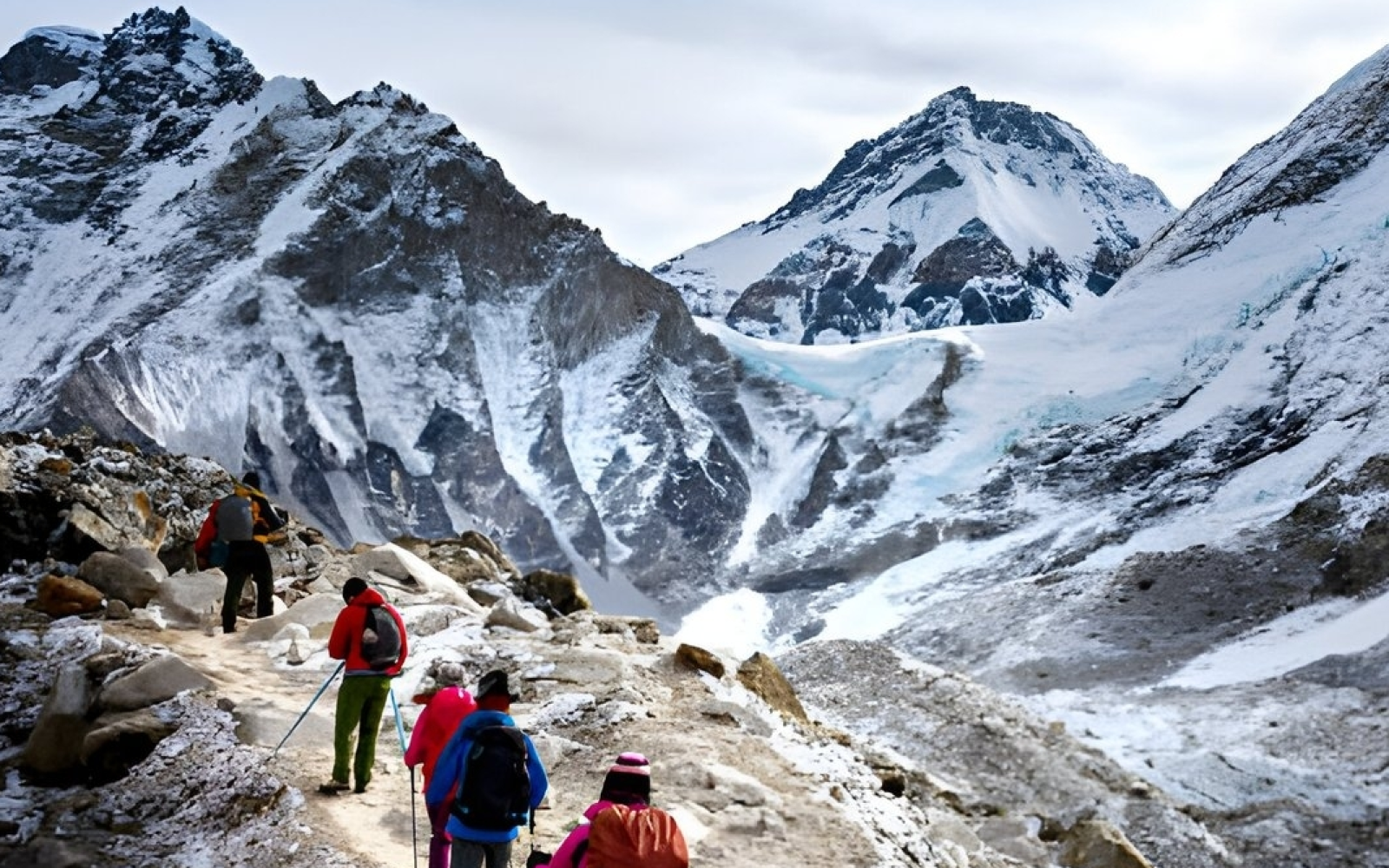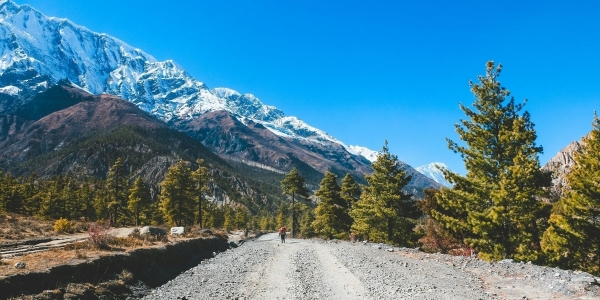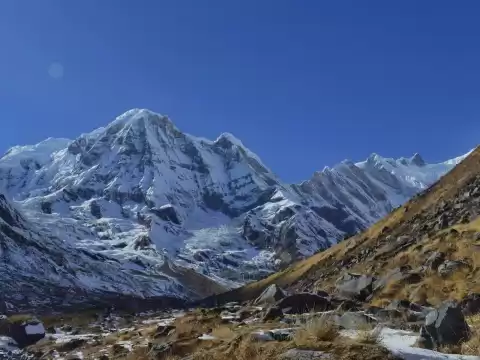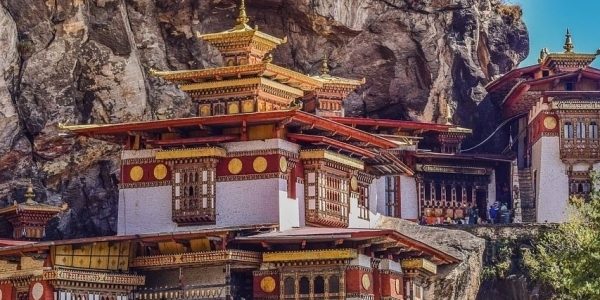Is Everest Base Camp Trekking Hard?
The Everest Base Camp (EBC) trek is considered challenging but achievable for most trekkers with proper preparation and determination. Here’s a detailed breakdown of what makes the EBC trek hard and what factors contribute to its difficulty:
Best Everest Trekking Blogs to Read Before You Go
Discover essential insights, tips, and firsthand stories from experienced trekkers in these top Everest trekking blogs—perfect for planning your adventure to the world's highest peak.
Factors Contributing to the Difficulty
1. Altitude
- High Elevation: The trek reaches an altitude of 5,364 meters (17,598 feet) at Everest Base Camp, with Kala Patthar (5,545 meters or 18,192 feet) being the highest point.
- Altitude Sickness: The risk of Acute Mountain Sickness (AMS) is significant. Symptoms include headaches, nausea, dizziness, and shortness of breath. Proper acclimatization is crucial to mitigate these risks.
2. Length and Duration
- Distance: The trek covers approximately 130 kilometers (80 miles) round trip.
- Duration: Typically takes 12-14 days, including acclimatization days. Daily trekking ranges from 5 to 8 hours.
3. Terrain
- Varied Terrain: The trail includes steep ascents and descents, rocky paths, suspension bridges, and sometimes snow-covered sections.
- Technical Skills: No technical climbing skills are required, but a good level of physical fitness and endurance is necessary.
4. Weather Conditions
- Cold Temperatures: Especially at higher altitudes, temperatures can drop significantly, particularly at night.
- Unpredictable Weather: Weather in the Himalayas can change rapidly, bringing snow, rain, or strong winds.
Preparation and Tips
1. Physical Fitness
- Cardio Training: Engage in cardiovascular exercises like running, swimming, cycling, and hiking to build stamina.
- Strength Training: Focus on leg strength with exercises such as squats, lunges, and step-ups.
- Endurance Training: Long hikes carrying a backpack to simulate trekking conditions.
- 2. Acclimatization
- Pacing: Ascend slowly to allow your body to adjust to the altitude.
- Rest Days: Include acclimatization days in your itinerary, particularly in Namche Bazaar and Dingboche.
- Hydration and Nutrition: Stay well-hydrated and eat a balanced diet to support your body’s needs.
3. Gear and Equipment
- Clothing: Layered clothing for varying temperatures, including thermal wear, waterproof jackets, and sturdy trekking boots.
- Gear: Trekking poles, a good quality sleeping bag rated for cold temperatures, and a daypack.
- Safety Equipment: First aid kit, water purification tablets, and altitude sickness medication.
4. Guides and Porters
- Experienced Guides: Hiring a knowledgeable guide can enhance safety and provide valuable insights.
- Porters: Consider hiring porters to carry heavy loads, allowing you to focus on the trek itself.
Conclusion
The Everest Base Camp trek is challenging due to the high altitude, length, and terrain. However, with proper preparation, fitness training, and acclimatization, many trekkers successfully complete the journey. The experience of trekking through the Himalayas, witnessing breathtaking landscapes, and reaching Everest Base Camp makes the effort worthwhile.




